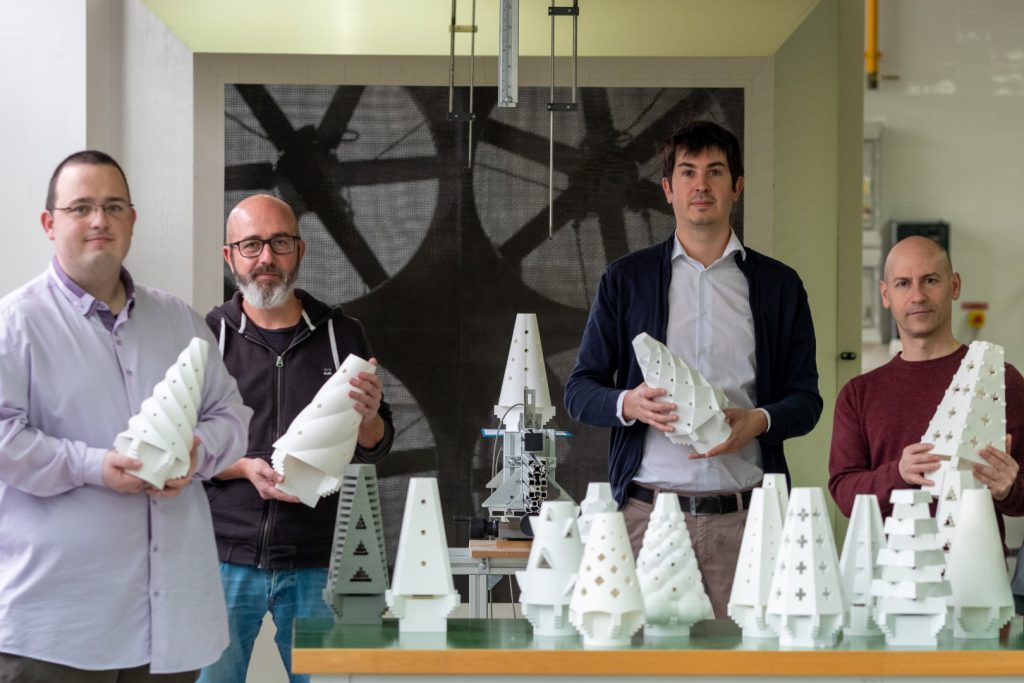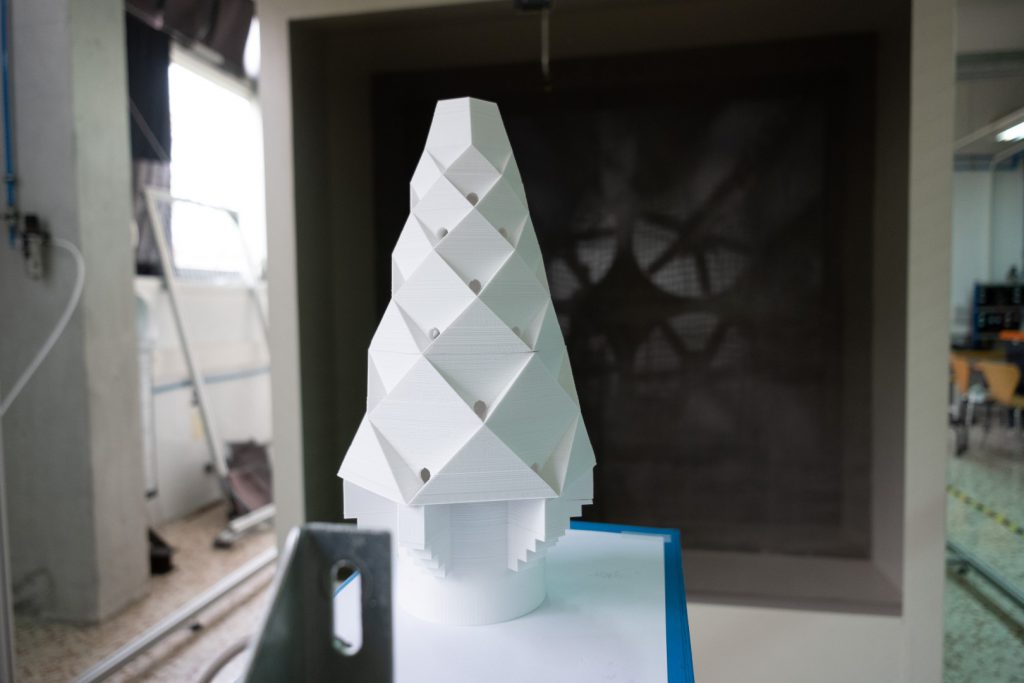14/03/2020
First study on the draft of Gaudí’s chimneys in the Palau Güell
In his design of the 20 chimneys that crown the rooftop of the Palau Güell, Gaudí combined ornamentation with smoke extraction. However, the results of combining these two functions were by no means optimal in all of them. URV researchers have examined not the decorative function of these chimneys but their draft

In his design of the 20 chimneys that crown the rooftop of the Palau Güell, Gaudí combined ornamentation with smoke extraction. However, the results of combining these two functions were by no means optimal in all of them. URV researchers have examined not the decorative function of these chimneys but their draft
Chimney caps are usually designed to protect the flue from rain and prevent the building from having draughts. Capping chimneys with visible ornamental covers has traditionally been a way of showing that the building was equipped with heating and, therefore, that the residents were of good social standing. Two well known examples are the chimneys crowning Hampton Court Palace (Molesey, United Kingdom), designed by Christopher Wren in 1514 and the Palau Güell (Barcelona), designed by Antoni Gaudí in 1890.
There are no written records to say whether in his design of the Palau Güell’s ornamental chimneys Gaudí planned for the main function of chimneys: smoke extraction. What is more, the actual chimney flues cannot be analysed in situ because this might endanger the building, one of the first important commissions Gaudí had at the beginning of his career and which has now been declared a cultural asset of national interest and a UNESCO world heritage site.

Albert Samper and Blass Herrera, researchers from the URV’s School of Architecture, and Jordi Pallarès and Jordi Iglesias, from the URV’s research group Experimentation, Computation and Modelling in Fluid and Turbulence Mechanics, made a study to determine what ideas the architect had but did not leave a written record of. Using geometric and fluid mechanics techniques to analyse Gaudí’s work, they made measurements in the URV’s wind tunnel to determine in which designs he managed to find the perfect combination of ornamental function and smoke extraction and in which he did not. The results were published in Heritage Science, the leading scientific journal on heritage conservation.
Architecture and engineering to analyse chimney function
Gaudí designed 20 chimneys for the Palau Güell in the form of sculptures that had bases, stacks and caps with highly unusual shapes. Only two of the 20 had the same design. People have always spoken of the design, the ornamentation and the aesthetic function of the chimneys. But no one until today has given an objective explanation of their function or has studied whether the geometry and design had been optimised to extract smoke.
To this end, the URV researchers scanned all the chimneys with photogrammetric techniques and then printed out 3D scale models. Each model was placed in the wind tunnel and their aerodynamic parameters were analysed at different wind and draft velocities. Then the 20 chimneys were classified in terms of their draft capacity in three groups. It was concluded that performance depended above all on the number of supports for the conical ornamentation that caps each chimney and that it is independent of the number and the geometry of the openings in the cap.

Seven of the twenty chimneys have four supports and function well only if the wind strikes directly in the space between two consecutive supports. If the wind passes parallel to one of the supports, the chimney draft is not good. Twelve chimneys with six supports and one with eight supports function well regardless of the direction of the wind.
The aim of this study was to make measurements in the wind tunnel to determine which features of the ornamental caps on the chimneys of the Palau Güell had the most positive effect on draft. This information is important, firstly, so that we can understand which of Antoni Gaudí’s designs are the most efficient and, secondly, so that new chimney crowns can be designed for ornamental or general purposes.
Reference: Samper, A., Iglesias, J., Herrera, B. et al. “Flow analysis of a set of ornamental chimney caps designed by Antoni Gaudí”. Herit Sci 8, 3 (2020). https://doi.org/10.1186/s40494-019-0347-x.
